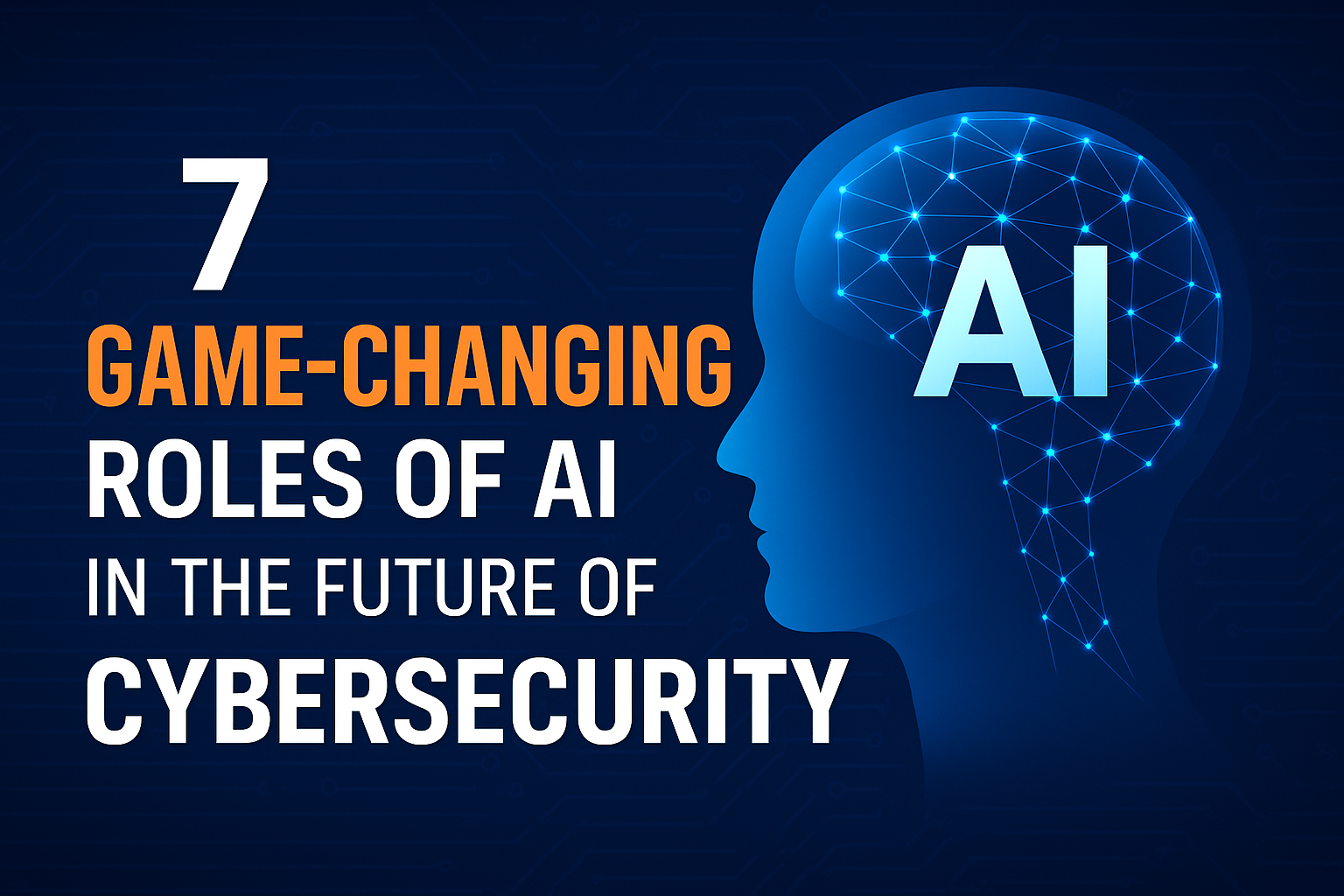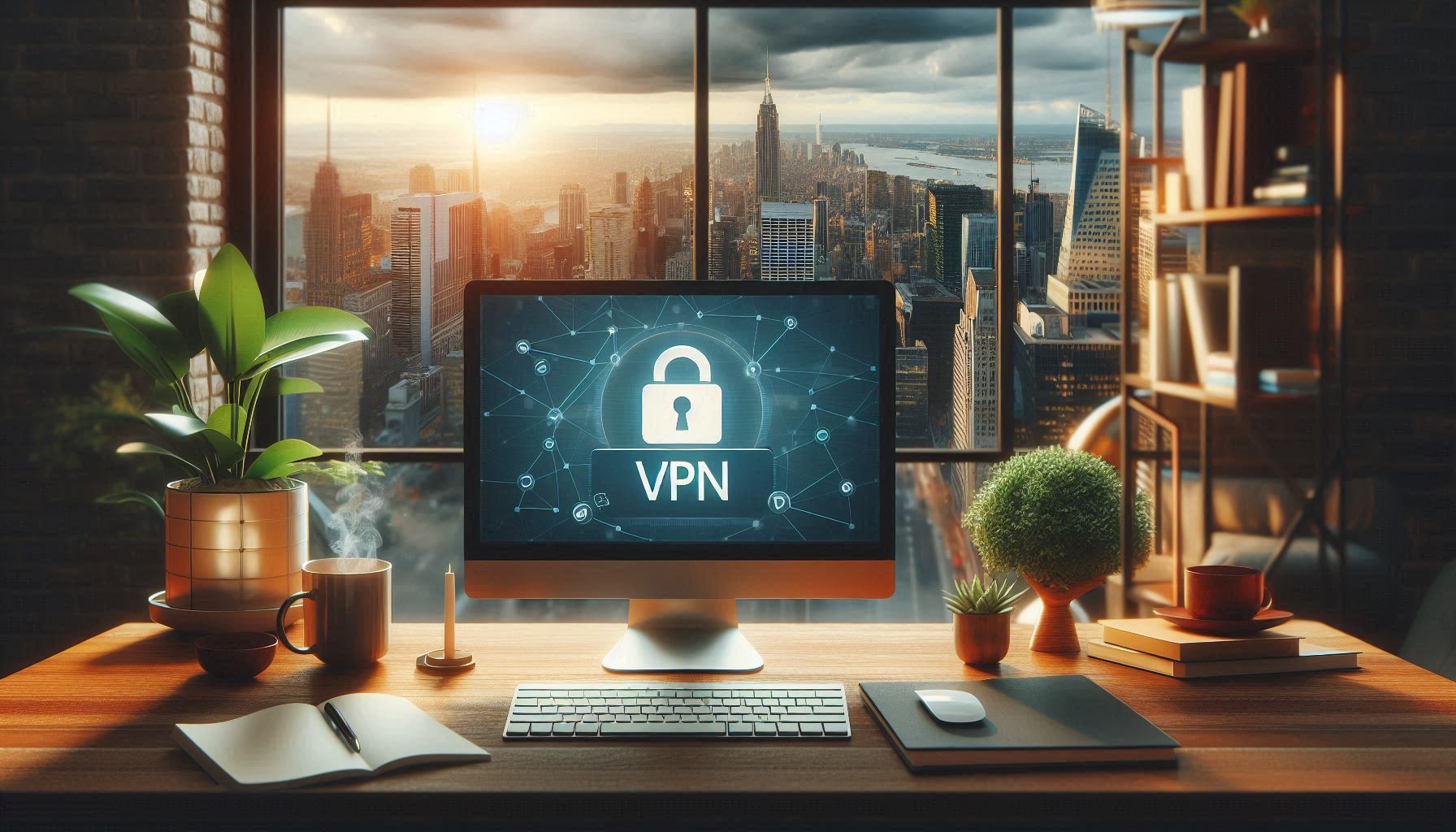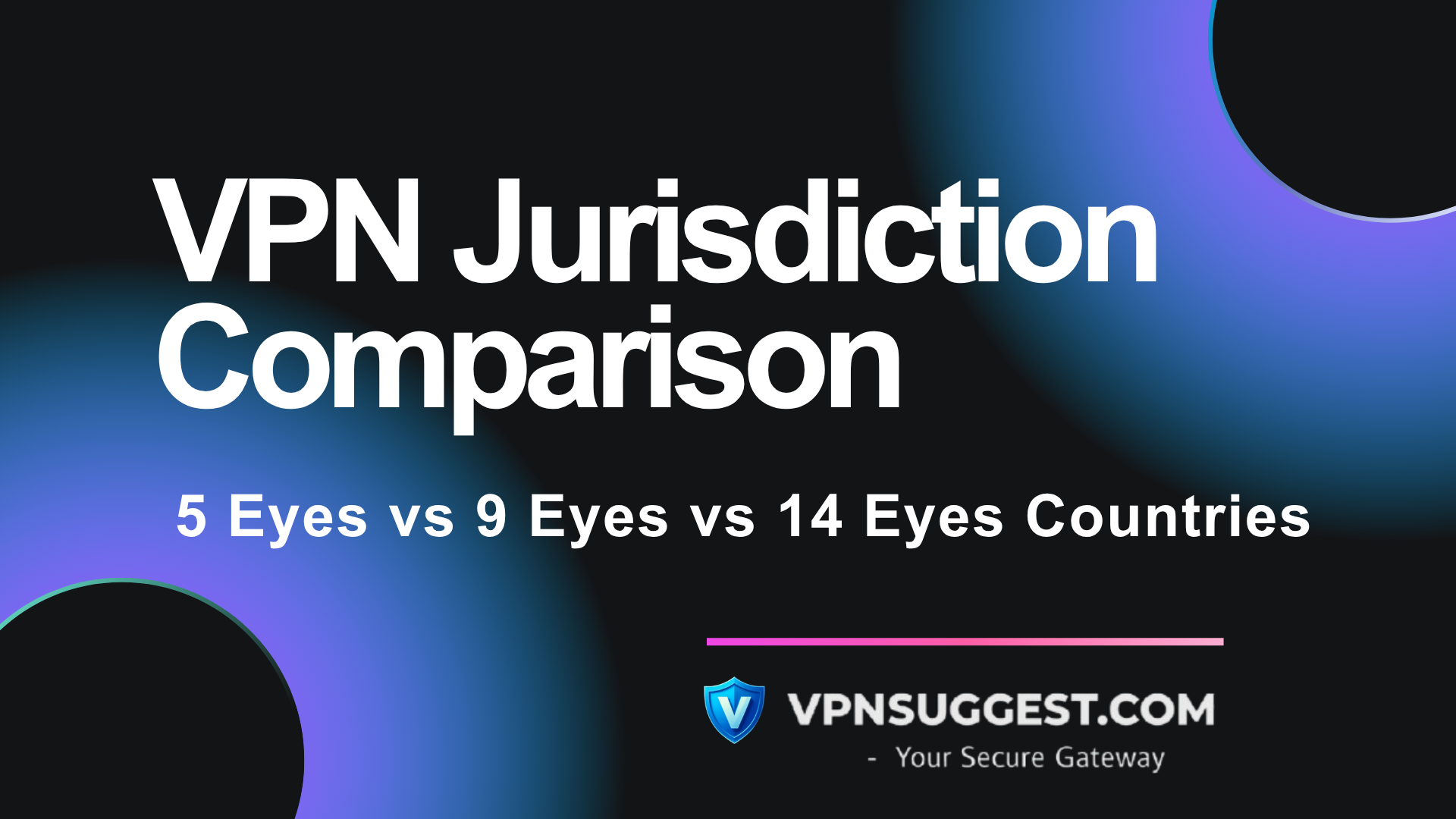7 Game-Changing Roles of AI in the Future of Cybersecurity

Cybersecurity receives modernized protection through AI’s advanced functions that defend against online dangers. Here are the main ways AI will lead cybersecurity development and prevention methods.
- Threat Detection & Prediction – AI-driven systems can analyze network behavior, detect anomalies, and predict potential cyberattacks before they happen.
- Automated Incident Response – AI can rapidly respond to security threats by isolating infected devices, applying patches, and mitigating breaches without human intervention.
- Enhanced Fraud Prevention – Through behavioral analysis of client conduct and payment pattern monitoring AI systems assist financial organizations to identify fraudulent financial activities thus protecting against threats.
- Zero-Day Attack Defense – AI models can recognize previously unseen vulnerabilities and proactively counteract zero-day exploits.
- Adaptive Security Systems – AI enhances security platforms by continuously learning from attacks and evolving defenses in real-time.
- Identity & Access Management (IAM) – AI-powered authentication systems improve security by detecting anomalies in user login behaviors and preventing unauthorized access.
- AI vs. AI Cyberwarfare – More advanced cyberlawbreakers use AI tools to make their attacks more powerful so AI shields need faster development now. AI defensive systems will become vital in stopping the threats that cybercriminals develop with their own AI tools.
Some Best Examples of AI in Cybersecurity
Artificial Intelligence has reached our world today from its expected future role and now directs threat investigation and elimination in cybersecurity. These solutions apply actual instances of AI work in cybersecurity environments.
1. Darktrace – Self-Learning Threat Detection
Darktrace identifies normal network patterns through unsupervised machine learning to monitor all network participants. The technology can spot hidden threats earlier than existing solutions can stop it from becoming a problem. The system detects threats without known security patterns because it uses machine learning to find new attack risks automatically.
2. CrowdStrike Falcon – Predictive Endpoint Protection
CrowdStrike examines more than 1 trillion security signals using artificial intelligence daily. The platform operates in a cloud environment that starts analyzing harmful computer actions early to prevent bigger incidents. CrowdStrike monitoring tools detect attacks through patterns of their conduct and protect against threats that have never been observed before.
3. IBM QRadar + Watson – Smarter SIEM and Investigation
IBM Watson teaming up with QRadar can automatically detect threats from incoming data. Watson uses security documents to process real-time data and make detailed investigation results available faster to security analysts. This solution decreases investigation duration and produces more precise results.
4. Microsoft Defender for Endpoint – AI Across the Ecosystem
Microsoft Defender analyzes signals from 8 trillion daily inputs to power its AI system. The tool detects and blocks security dangers from various entry points in your network. The AI systems in Microsoft Defender recognize when hackers steal user credentials and shift within the network before many attacks have time to develop.
5. Vectra AI – Catching Hidden Threats Post-Infiltration
Vectra looks for attacker movements inside the network once control systems have been compromised. Vectra tracks all network activities using its AI system to find evidence of movement through different parts of the network, analyst control interactions, or improper account privileges that cyber attackers frequently perform.
6. Google Chronicle – Big Data Meets Cyber AI
Chronicle uses Google Cloud tools to interpret large security data records with artificial intelligence. Organizations can identify and eliminate hidden APT security threats because Chronicle finds attack activities that people would miss over time.
Why These Tools Matter
These features help security the most by making significant improvements. AI shields organizations by speeding up response times while getting rid of mistake-prone systems to let small groups protect at large business levels. Human thinking alone cannot handle modern attack patterns. Modern cybersecurity depends on AI technology to grow efficient while controlling more cybersecurity programs.
How might AI change career opportunities in cybersecurity?
The role of a cybersecurity professional remains vital because AI exists to help them perform their tasks better. Artificial intelligence impacts both security threat detection methods and hires more people in cybersecurity roles.
New Job Roles Are Emerging
AI is creating entirely new career paths that didn’t exist a decade ago. Roles like:
- AI Security Analyst – professionals who understand both cybersecurity and machine learning algorithms.
- Threat Intelligence Automation Engineer – experts in automating threat detection workflows.
- Cybersecurity Data Scientist – specialists who build models to analyze attack patterns and predict future breaches.
Data scientists with cybersecurity knowledge receive new professional opportunities in this combined field.
Upskilling Is Becoming Essential
People who complete traditional security job roles such as SOC analysts, penetration testers, and incident responders will continue doing their work. Instead, they’re evolving. Security analysts who team up with AI systems have an advantage because they can let the system manage routine tasks such as log comparison and malware response.
Humans + AI = A Stronger Security Force
Humans think better and make ethical choices faster than AI systems which can handle huge data quickly. Engineers and professionals will take on positions that need human influence while computers handle regular tasks.
- AI tool management
- Threat interpretation and escalation
- AI ethics and policy enforcement
As cybersecurity switches from human-driven protection to machine assistance cyber defense operations now offer better intellectual pursuits to professionals.
What are AI’s implications for user privacy in cybersecurity?
As AI enhances cybersecurity capabilities it creates a competing influence between safe operations and personal data security. Everything recorded by machine learning programs to find threats involves handling private personal information. This raises important questions.
More Data, More Risk
AI thrives on data. To detect patterns and anomalies, it often analyzes:
- User behavior (logins, browsing habits)
- Communication logs (emails, messages)
- Device locations and network activity
As AI enhances cybersecurity capabilities it creates a competing influence between safe operations and personal data security. Everything recorded by machine learning programs to find threats involves handling private personal information. This raises important questions.
The Fine Line Between Security and Intrusion
There’s a delicate balance. AI needs to monitor all user activities to detect dangerous behaviors by company insiders. The issue is whether protection should remain as monitoring or cross into monitoring territory. Ethics in design and rules set proper limits for this technology.
Privacy-Respecting AI Is Possible
Forward-thinking companies are building AI systems that:
- Anonymize user data where possible
- Use federated learning, which trains AI models without centralizing private data
- Adhere to global standards like GDPR and CCPA
These steps show that it’s possible to protect both networks and individual rights—if privacy is baked into the AI system from the start.
What skills are needed for an AI Security Analyst?
AI advancements are transforming both how cyber threats get detected and what qualifications businesses require for their cyber leaders. The duties of an AI Security Analyst merge both data analysis and traditional network security knowledge.
You need these key competencies if you want to enter this popular job market.
1. Solid Foundation in Cybersecurity
Before diving into AI, you need a strong grasp of core security principles:
- Threat detection and response
- Network architecture and protocols
- Common attack vectors (phishing, malware, privilege escalation)
Think of this as your “battlefield training.” AI is the tool—you’re still the strategist.
2. Understanding of AI & Machine Learning
You don’t need to be a PhD in AI, but you must understand:
- How machine learning models work
- Supervised vs unsupervised learning
- Model training, validation, and bias
- Tools like TensorFlow, Scikit-learn, or PyTorch
This lets you interpret AI alerts, avoid false positives, and fine-tune detection systems.
3. Data Analysis & Python Skills
Since AI runs on data, you’ll need to:
- Analyze large datasets for threat patterns
- Write or adapt Python scripts for automation and model testing
- Use tools like Pandas, NumPy, or Jupyter Notebooks
Being comfortable with data transforms you from an alert-responder to a proactive threat hunter.
4. Familiarity with Security Tools Using AI
Get hands-on experience with tools like:
- Darktrace (behavioral analysis)
- CrowdStrike Falcon (endpoint AI)
- IBM QRadar + Watson (SIEM + AI)
- Vectra AI (network threat detection)
This bridges theory with practice—employers want people who know the tools.
5. Soft Skills: Communication & Critical Thinking
AI can flag a threat, but humans still make the judgment calls. You’ll need to:
- Translate complex AI findings into plain language
- Make decisions based on incomplete or evolving data
- Work cross-functionally with data scientists, IT, and leadership
What are the ethical concerns surrounding AI in cybersecurity?
The fast increase of AI systems in cybersecurity brings unique ethical problems to consider. Advancements in artificial intelligence technology let monitoring systems track behaviors better yet create a greater chance for someone to misuse them. We will analyze the main ethical problems that result from using AI to protect digital security.
1. Privacy Violations and Over-Surveillance
AI tools need to protect both users from threats while staying within their right to privacy. The risk of this system exists in AI tools studying these two points.
- Personal data
- Communication patterns
- Location tracking
Without proper data anonymization and transparency, AI systems could infringe on personal privacy or even lead to mass surveillance, often without user consent.
2. Bias and Discrimination in AI Models
AI systems produce results based entirely on the training data they receive. Unfair behavior in AI systems occurs when training data contains biases which cause the systems to make incorrect dangerous choices. At present our cybersecurity system could produce many inaccurate outcomes because of this issue.
- False positives targeting specific demographics
- Inconsistent threat prioritization based on flawed data
Ensuring fairness and reducing bias in AI models is crucial to avoid unfair treatment and build trust.
3. Autonomy and Human Accountability
AI tools use programmed instructions to interrupt specific internet activities and shut down connections right after detecting danger. Who needs to accept liability when artificial intelligence systems take incorrect actions? When an AI system incorrectly considers normal actions to be dangerous operations it must undergo human review to prevent disruptions.
A key question here is: Should AI be fully autonomous, or should humans always have the final say?
4. Security of AI Systems Themselves
AI tools are powerful, but they’re also vulnerable. Attackers may seek to:
- Exploit weaknesses in AI algorithms
- Manipulate training data to mislead models
If an AI system is compromised, it could lead to massive security breaches, undermining the very purpose of these systems. Therefore, securing AI systems is just as important as securing the networks they protect.
5. Ethical Use of AI in Threat Hunting
AI systems help security teams find threats although they push us to consider how automatic security selection should go. AI systems detect insider dangers from observing employee activities. Without proper protection systems the system can take automatic actions against workers who have no actual wrongdoing but exhibit similar behavior patterns.
What are the latest trends in AI for cybersecurity?
The rate of AI evolution shows the same growth in cybersecurity applications. AI needs to adjust to advanced cyber dangers which leads organizations toward new protecting methods. We will examine the newest developments in Artificial Intelligence that guide cybersecurity into the future.
AI continues its high speed development as it expands its value for cybersecurity protection. With increasing cyber threat complexity AI requires updates that create better defense systems for organizations to use first. We need to examine newest AI developments that improve cybersecurity today.
1. AI-Powered Threat Hunting and Automation
Security teams are now devoting their attention to strategic work because AI handles basic activities such as log monitoring and threat detection. Today’s machine learning systems can do these tasks.
- Proactively hunting for hidden threats across networks.
- Automating repetitive security tasks, such as patching vulnerabilities or updating firewalls.
The future will see AI-driven autonomous security systems that not only detect but also respond to threats without human intervention, reducing response time significantly.
2. Behavioral Biometrics and AI
Traditional authentication methods, like passwords, are being replaced by more secure, AI-powered systems. One of the most exciting developments is the use of behavioral biometrics:
- AI models analyze how users interact with devices—typing speed, mouse movement, and even how they swipe on a smartphone.
- This data creates unique profiles, allowing for continuous authentication that can detect abnormal behaviors indicating a potential breach.
3. AI in Ransomware Detection and Prevention
Ransomware attacks are evolving rapidly, but AI is playing a key role in stopping them before they can cause significant damage. AI models:
- Analyze unusual network traffic to detect early signs of ransomware.
- Identify and quarantine suspicious files based on behavioral patterns rather than signatures.
As ransomware techniques continue to become more sophisticated, AI’s ability to detect new variants without human intervention will be critical.
4. Explainable AI (XAI) for Cybersecurity
AI models often operate as “black boxes,” meaning it’s difficult to understand how they make decisions. Explainable AI (XAI) is addressing this issue in cybersecurity by providing transparency in AI decision-making:
- Security analysts will be able to see why AI flagged an alert, increasing trust in its capabilities.
- This trend is critical for regulatory compliance and human oversight in decision-making.
5. AI and Cloud Security
As more organizations move to the cloud, securing cloud environments becomes more challenging. AI is increasingly being used to:
- Monitor cloud networks for unusual activity.
- Enforce security policies by automatically adjusting settings and configurations.
- Detect cloud misconfigurations, one of the most common security risks in cloud infrastructure.
AI is helping businesses stay agile while securing sensitive data stored in the cloud.
Conclusion: The Future of AI in Cybersecurity
The modern security force needs AI to function properly. Technology based on AI changes every aspect of cybersecurity by finding threats before they start and producing fresh job roles while solving privacy issues. The future of cybersecurity features combined human knowledge and AI technologies to make digital spaces safer.
A large security power needs serious attention to its proper usage. Efforts must begin now to solve different ethical risks AI poses such as improper handling of private data and accuracy problems. Using AI to protect against digital threats now will help it shape a better future characterized by enhanced security and fairness.
Taking advantage of AI technology lets cybersecurity professionals keep their lead position and guard our digital world more effectively.
FAQs
1. How does AI improve cybersecurity?
AI automates threat detection, analyzes data faster, and provides real-time security responses.
2. Can AI replace cybersecurity jobs?
No, AI enhances human work but doesn’t replace it. Humans are still needed for decision-making and ethical oversight.
3. Is AI a privacy risk in cybersecurity?
Yes, if not managed properly, AI can lead to privacy concerns through over-surveillance and misuse of data.
4. What skills are needed for an AI Security Analyst?
The necessary skills for this position combine expertise in cybersecurity, AI comprehension along with Python programming and data analysis abilities.
5. What is Explainable AI (XAI)?
XAI makes AI decision-making transparent, helping cybersecurity professionals understand why alerts are raised.
6. How does AI stop ransomware?
By monitoring both abnormal system actions combined with suspicious file activities AI systems prevent ransomware from causing damage.
7. What are the latest AI trends in cybersecurity?
Key trends include AI-powered threat hunting, behavioral biometrics, ransomware prevention, and Explainable AI (XAI).
8. How does AI help in cloud security?
AI monitors cloud networks for unusual activity, ensuring data protection and quick threat responses.
9. How does AI predict cyberattacks?
AI uses past data to identify patterns and predict where attacks might occur next.
10. Is AI in cybersecurity fully automated?
No, AI assists professionals but requires human oversight to ensure accuracy and address ethical issues.
Loading newsletter form...







One Comment